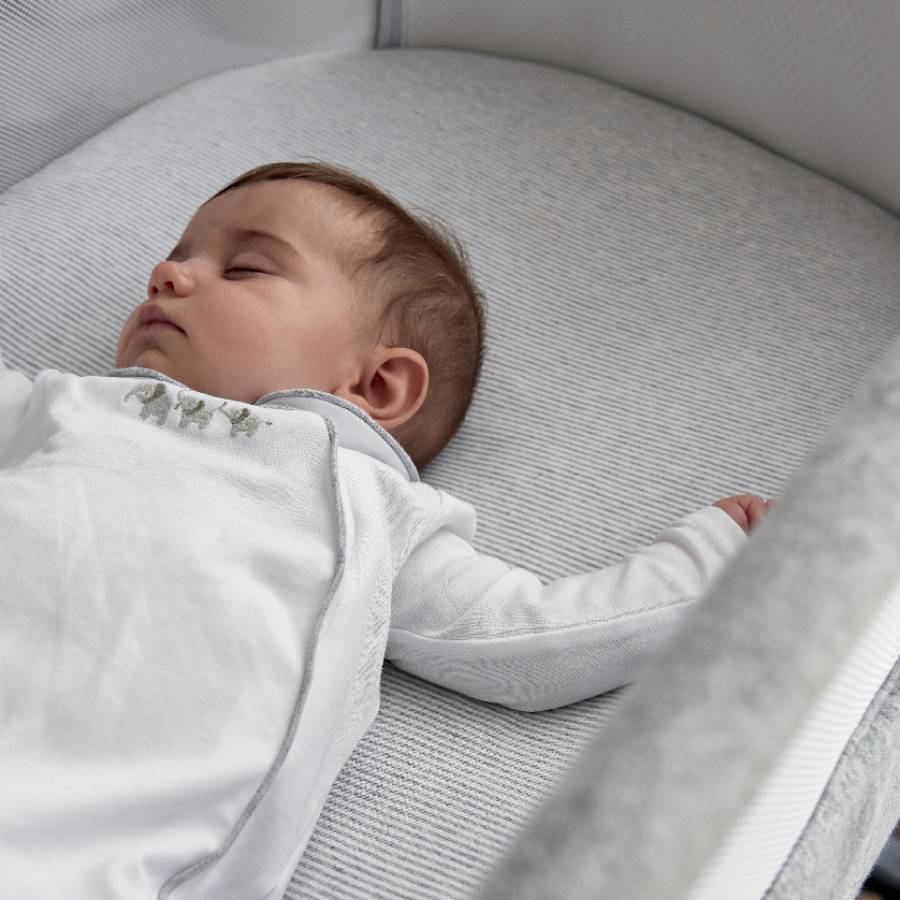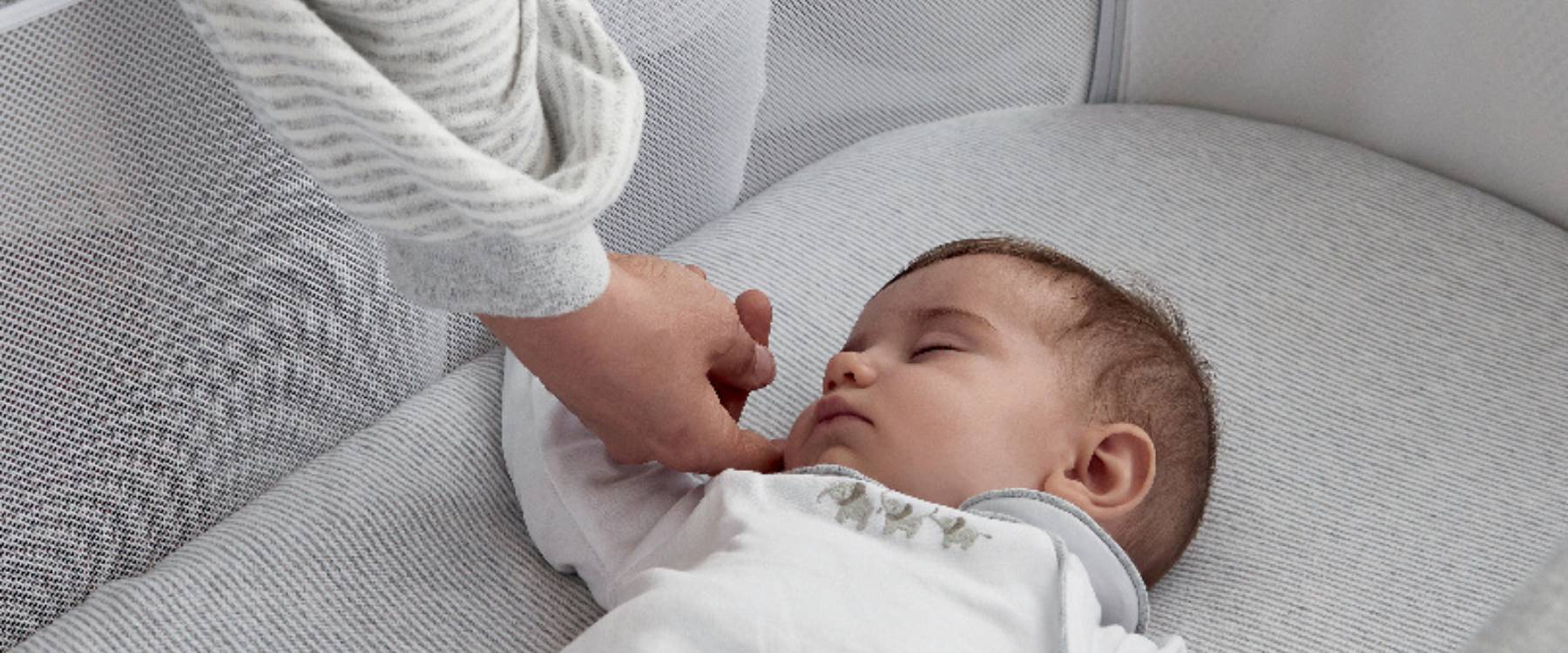
What Are Wake Windows?
Defining Wake Windows
Wake windows refer to the period of time your baby can comfortably stay awake between sleep periods. These windows vary depending on your baby's age and developmental stage. Essentially, they represent the duration of time your baby can stay alert and engaged before becoming overtired and fussy.
Understanding Wake Windows by Age
- Newborns (0-3 months): Newborns have short wake windows, typically ranging from 30 minutes to an hour. They require frequent naps throughout the day to meet their sleep needs.
- Infants (3-6 months): As your baby grows, their wake windows extend to around 1-2 hours. They still need multiple naps during the day but may start consolidating sleep at night.
- Babies (6-12 months): By this age, wake windows increase to approximately 2-3 hours. Babies usually transition to fewer naps, with longer stretches of wakefulness during the day.
- Toddlers (1-3 years): Toddlers typically have wake windows of 3-5 hours, with one or two naps during the day gradually transitioning to a single nap or dropping naps altogether.

Importance of Understanding Wake Windows
Understanding your baby's wake windows is crucial for several reasons:
-
Promotes Better Sleep: By following your baby's natural sleep cues and timing naps according to their wake windows, you can help them fall asleep more easily and stay asleep longer.
-
Prevents Overtiredness: Missing your baby's optimal sleep window can lead to overtiredness, making it harder for them to settle and sleep well.
-
Supports Healthy Development: A well-rested baby is more alert and engaged, which is essential for their cognitive and physical development.

Navigating Wake Windows Successfully
Navigating wake windows effectively requires observation, patience, and a flexible routine:
-
Observe Your Baby's Cues: Pay attention to your baby's behavior for signs of tiredness, such as rubbing their eyes, yawning, or becoming fussy.
-
Establish a Routine: Create a consistent daily routine that includes regular nap times based on your baby's wake windows. Stick to this routine as much as possible to help regulate their internal clock.
-
Provide a Calm Sleep Environment: Create a conducive sleep environment by dimming lights, reducing noise, and maintaining a comfortable temperature in your baby's nursery.
-
Use Sleep Aids Wisely: Consider using sleep aids such as swaddles, pacifiers, or white noise machines to help your baby settle and stay asleep.

Engaging Activities During Wake Windows
During your baby's wake windows, it's essential to engage them in stimulating yet calming activities that promote their development and help them burn off excess energy. Here are some age-appropriate activities to consider:
For Newborns (0-3 months):
-
Tummy Time: Encourage your baby to spend short periods on their tummy to strengthen their neck and shoulder muscles. Use colorful toys or mirrors to capture their interest during tummy time sessions.
-
Gentle Sensory Stimulation: Introduce your baby to gentle sensory experiences, such as soft textures, soothing music, or gentle movement. These activities can help soothe and calm your newborn while stimulating their senses.
-
Bonding Time: Use wake windows to bond with your baby through cuddles, gentle massage, or eye contact. Skin-to-skin contact can promote bonding and regulate your baby's body temperature and heart rate.
For Infants (3-6 months):
-
Interactive Play: Engage your baby in interactive play with toys that encourage reaching, grasping, and exploring. Soft, crinkly toys, rattles, and teething rings are excellent choices for this age group.
-
Reading Time: Introduce your baby to the world of books by reading aloud to them during wake windows. Choose board books with vibrant colors, simple illustrations, and textures to capture their attention.
-
Baby Gym or Play Mat: Set up a baby gym or play mat with dangling toys and mirrors to encourage your infant to reach, kick, and explore. These activities promote gross motor skills development and provide sensory stimulation.
For Babies (6-12 months)
-
Exploratory Play: Provide opportunities for your baby to explore their environment through crawling, cruising, and crawling. Create a safe, baby-proofed space where they can investigate objects and textures independently.
-
Music and Movement: Encourage your baby to move and groove to music during wake windows. Sing songs, play musical instruments, or dance together to promote rhythm and coordination.
-
Simple Games and Puzzles: Introduce simple games and puzzles that challenge your baby's cognitive skills and problem-solving abilities. Peek-a-boo, stacking blocks, and shape sorters are great options for this age group.
For Toddlers (1-3 years):
-
Creative Play: Foster your toddler's creativity through art activities such as finger painting, drawing, and playing with playdough. Encourage imaginative play with dress-up costumes, dolls, and pretend play sets.
-
Outdoor Exploration: Take advantage of wake windows to explore the great outdoors with your toddler. Visit parks, playgrounds, and nature trails where they can run, climb, and discover new sights and sounds.
-
Social Interaction: Arrange playdates or attend parent-child classes where your toddler can interact with other children their age. Socializing with peers helps develop important social skills such as sharing, taking turns, and empathy.




